Bad blow to coexistence: carcasses of poisoned wild animals found in one of ecological corridors in Central Apennines
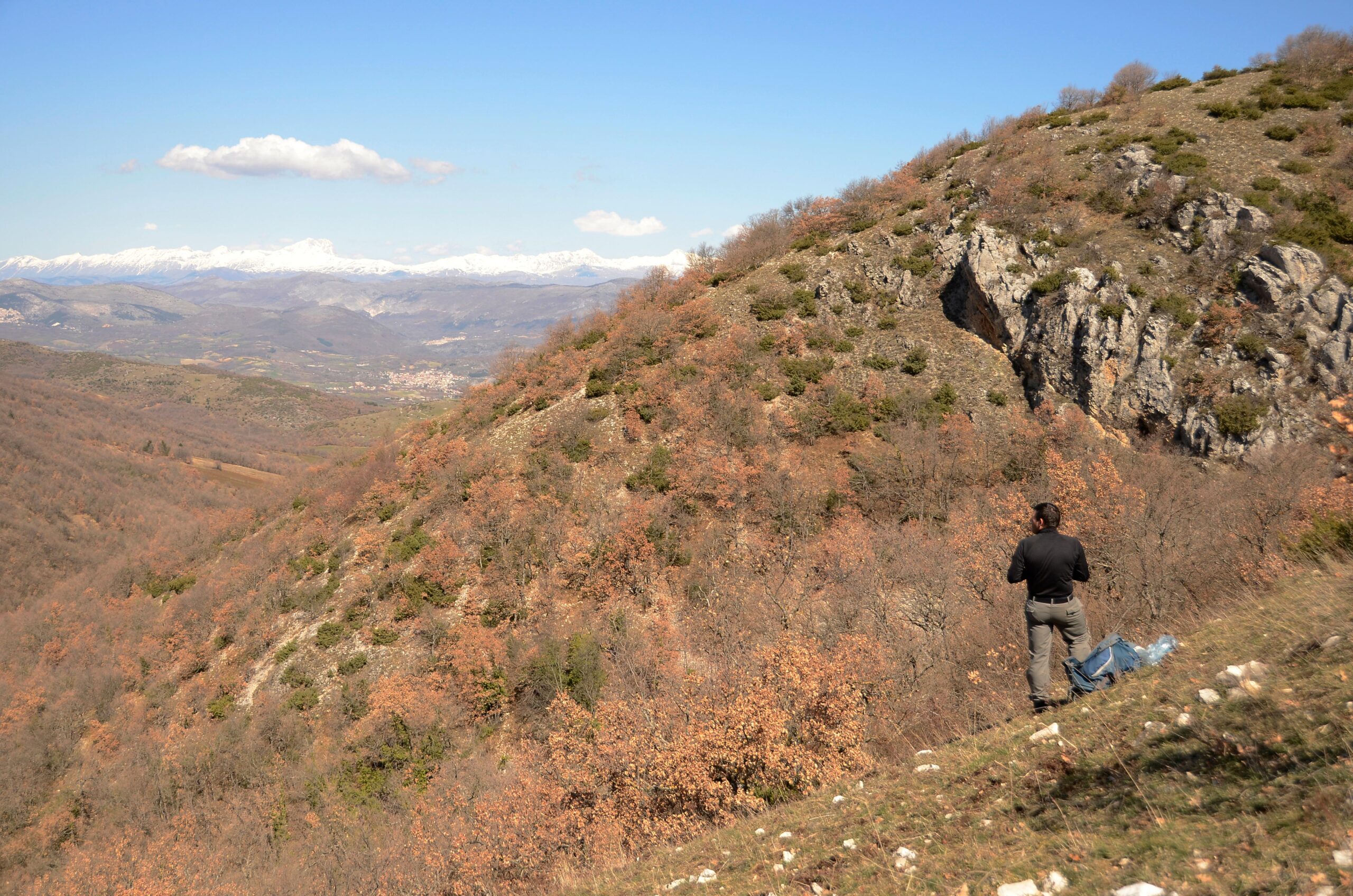
As the Abruzzo, Lazio and Molise National Park published on last April 15th, the area between Cocullo and Goriano Sicoli that Amarena and her cubs have been frequenting since many days has been recently interested by wildlife poisoning. The place is on the border of the Sirente Velino Regional Park that belonged to it until the protected area cut of 1998-2000.
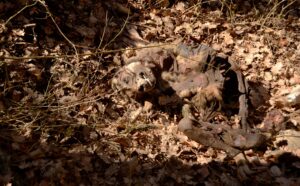
In the morning of March 26th, some volunteers of Salviamo l’Orso and the staff of Rewilding Apennines found the carcasses of a wolf and a common raven in a small valley not far from the road SP 60. After immediately warned the Forestry Carabineri, they have kept on searching the area during the afternoon of 26th and the morning of 27th with other four common ravens and two griffon vultures found dead.
In the following days, the Forestry Carabinieri have beaten the area with several dog units, finding other dead animals and some poisoned baits, aggravating the appraisal of the massacre.
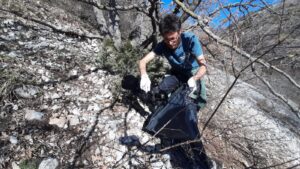
Thanks to the fruitful synergy amongst the associations, Forestry Carabinieri and the Local Health Agency of Sulmona and Avezzano, it was possible to quickly remove the carcasses and deliver them to the Zooprophylactic Institute of Abruzzo and Molise to make the toxicological analyses, thus breaking the chain of death they had triggered. Although the necroscopic results are still not available, it is clear that it was a poisoning case made by some wicked people through poisoned baits that killed the wolf and, as a chain, the scavenger birds that fed on the carcass.
The intervention was providential because it happened just few days before the bears’ family started to roam that area, but it raises serious concerns in the doubt that the area has been completely cleared of the poison or that someone could repeat the crime.
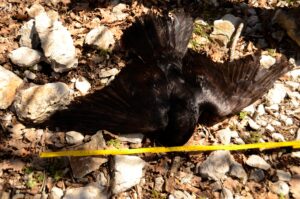
The fact that in 2021 the poison is still used to solve the conflicts with wild fauna demonstrates that the coexistence with wildlife is still a long and impervious way.
In addition to the ethical considerations on the use of harmful substances, which condemn the animals that eat them to an atrocious death, dispersing poison in nature is illegal (art. 544-bis, 544-ter and art.674 of the Italian Penal Code, Italian Law n. 157/92, Ministerial Order 12 July 2019, as subsequently extended, L.R. 25/2017), because it constitutes a serious risk for the health of humans, animals and environment. The damages that occur are more than whatever apparent economic benefits, because:
- It indiscriminately poisons every form of life with which it comes into contact, the soil and the aquifers.
- The biodiversity loss that provokes then implies the provision lackness of some essential ecosystem services, such as the one given by the scavenger animals that consumes the potentially infected carcasses, by preventing the spread of diseases.
- As some experts suggest, the elimination of a wolf pack will certainly lead to the occupation of the same territory by one or more packs.Furthermore, not only wolf-dog hybridization could be favored with a serious risk for wolf conservation, but also the stable presence of wandering and feral dogs with serious damage to wild fauna and livestock.
- The image damage for the loss of all the above-mentioned protected species and for the insalubrity of places is inestimable under a socioeconomic point of view.
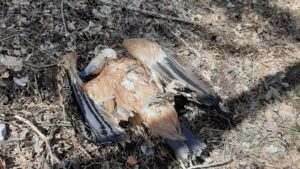
Everyone’s commitment is essential to eradicate this ever-present phenomenon, which continues to be fueled by ignorance, indifference and a very scarce ecological and legality culture. The Regions should implement the proposals to tighten the sanctions for these environmental crimes contained in the Strategy against the use of poison outlined by the LIFE Antidote, taking a cue from art. 83 of Italian Law n. 8/2003 on wild flora and fauna of Andalusia, Spain. It provides the suspension of the license / authorization for a period of between five and ten years for any economic activity in the areas affected by the dispersion of poisoned substances.
The daily job of the associations has always demonstrated that the coexistence with the wild fauna is possible through numerous solutions with the benefits of all, especially for those economic categories that are apparently disadvantaged although might have access to even relevant funds. Therefore, we hope that the perpetrators of these deplorable, vile and selfish practices abandon them, thus demonstrating that they know how to live our times with awareness and respect towards other living beings.